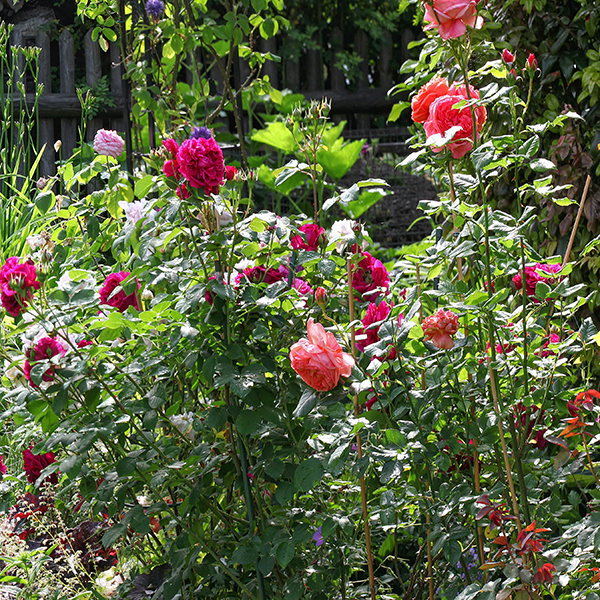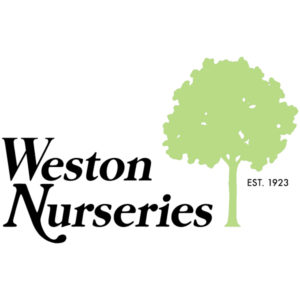With the number of garden styles to choose from, choosing the “right” garden style gets overwhelming for beginner gardeners really quickly. There’s cottage and woodland and meadow gardens. Japanese and Mediterranean and contemporary gardens. Formal and English and French gardens. The list goes on and on…. and literally on.
Although there are so many options to choose from, most garden styles can be grouped into a few larger categories:
- Traditional Garden Style
- Cottage Garden Style
- Modern/Contemporary Garden Style
- Natural (New Perennial) Garden Style
Choosing which garden style is right for you becomes a lot less intimidating with just a few main styles. Once you know the basics, you can mix, match and adjust elements from each garden style to create a design that’s as unique as you are.
It’s important to note that everyone has a slightly different view on what is each style is and isn’t – it’s not an exact science. It’s more important that you understand how each garden style works, rather than getting hung up on the minutia.
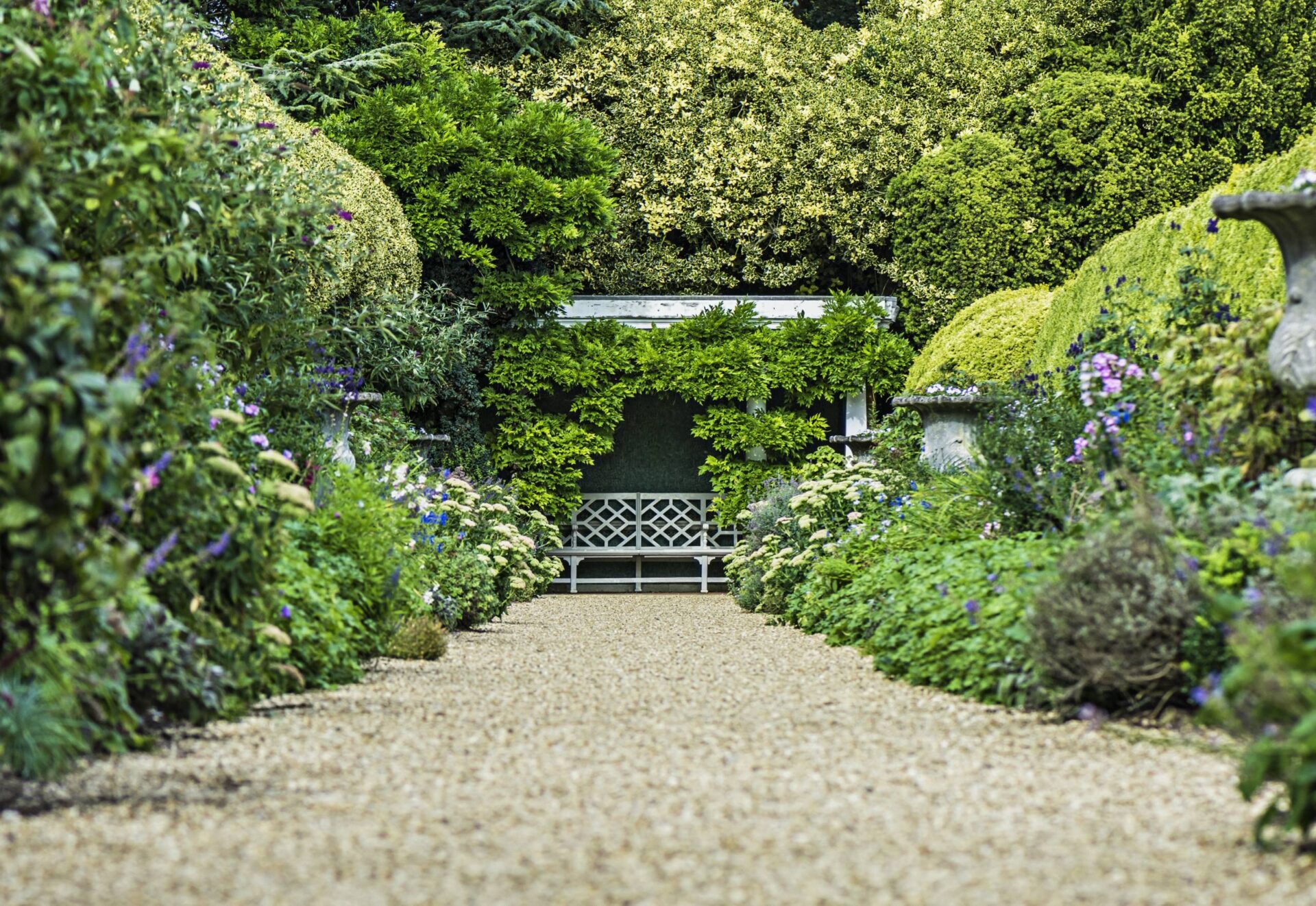
Traditional Garden Style
The perfect garden for colonial, Italian and French inspired architecture, traditional garden styles focus on symmetry and balance. When I think of a traditional garden, I picture a very formal garden with strong architectural features, wide expanses of perfectly trimmed lawn, rows of orderly clipped hedges, framed views of stone fountains and cleanly edged walkways.
Dominated by green lawn spaces that are balanced by green trees and green shrubs, traditional garden styles are usually not filled with color. Often, you’ll see traditional gardens using only white as an accent color.
If you like the balance and symmetry offered by traditional gardens but don’t want yours to be so “uptight,” you can certainly borrow elements of the formal garden design to incorporate into your own garden.
Elements of traditional gardens:
- Symmetry through the repetition of the same plantings on either side of the yard or walkway.
- Straight lines, straight paths and bold geometric forms.
- Horizontal expanses of green manicured lawn.
- Formal hedges pruned into repetitive shapes.
Some ideas to incorporate into your own traditional garden:
- Topiaries: Use potted topiaries as portable sculptures that can be moved around the garden
- Pedestal Urns: Pedestal urns, whether elegant or plain, are the perfect container for traditional garden styles.
- Columns: Use white or stone columns are classic and traditional to the core. Use them as freestanding art, to support arbors and pergolas or to flank gates
- Stone Fountains: Classic fountains used at focal points in traditional gardens bring a little bit of movement to the rigid planting structure of traditional gardens.
- Pea Gravel: surfacing walks, drives and terraces with inexpensive pea gravel will create a “crunch” when you cross it.
Plants for traditional garden styles:
- Columnar trees such as ‘Blue Arrow’ juniper, and yew and boxwood shrubs as hedging are all signatures of the traditional garden style.
- Roses, peonies and tulips each represent a different aspect of this strong floral legacy.
Cottage Garden Style
Cottage gardens are the relaxed and sometimes unruly offspring of the traditional garden style. In cottage gardens, plants have a tendency to spill over lawns and paths, creating softer edges. But if you were to look at the design layout without plants, you’d see the same straight lines and geometric shapes as formal (traditional style) gardens.
Plants in cottage gardens are colorful and diverse. Fill your cottage garden with collections of your favorite flowers and plants that are both beautiful and practical. The cottage garden features colorful ornamentals, edibles, herbs and medicinals all mixed together as one. Plantings utilize every available space, creating a feeling of charm and “organized mess.”
Other common elements in cottage garden style are clay pots, white picket fences, arbors, trellis and flea market finds.
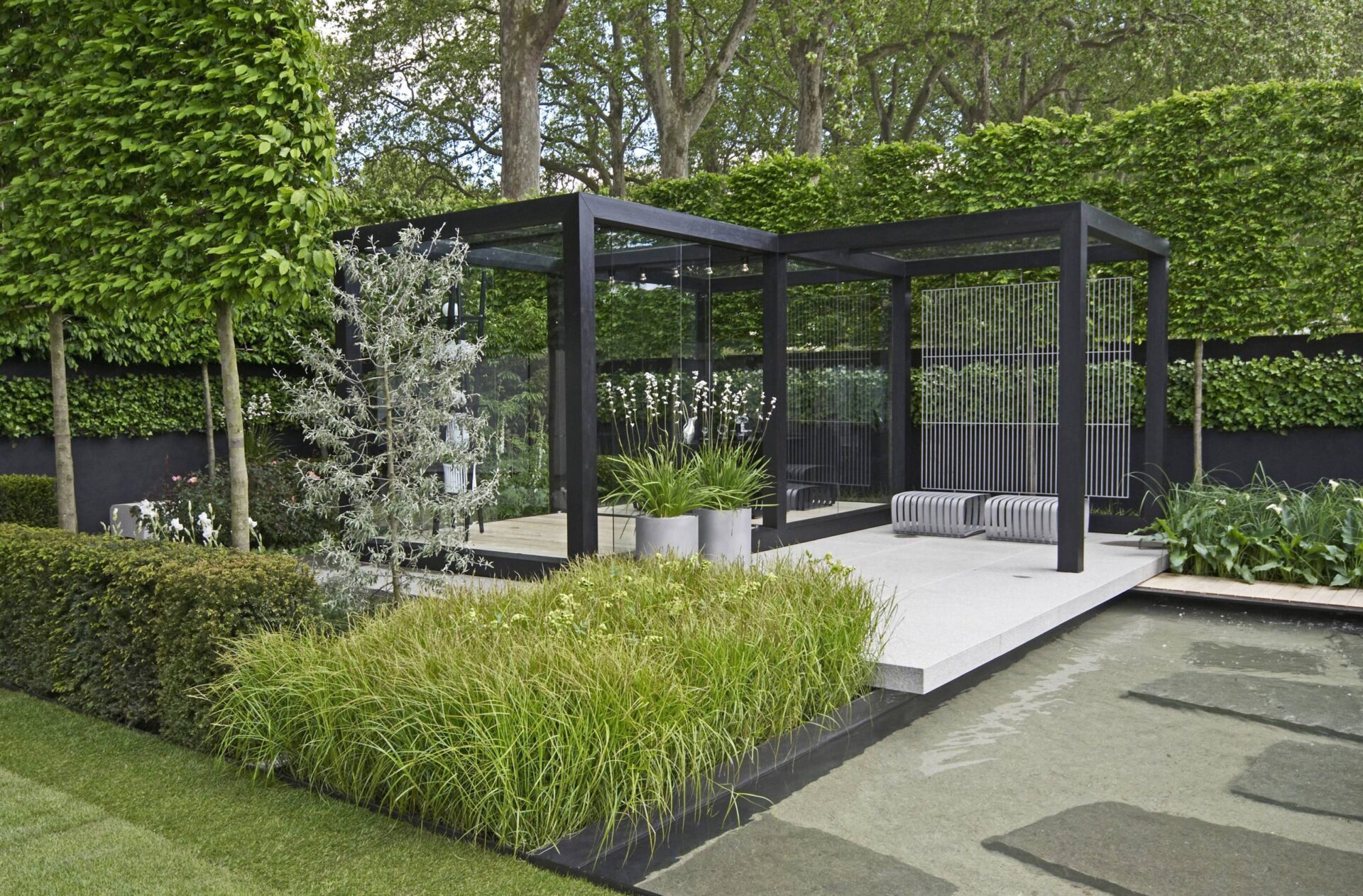
Modern/Contemporary Garden Style
Each generation tends to get a bit trendier; while cottage gardens are still a popular garden style choice, modern and contemporary garden styles have grown in popularity.
In modern and contemporary garden design, the perfect symmetry of geometric shapes of traditional gardens is replaced by asymmetrical, sometimes interlocking, lawn and patio shapes.
While we are covering both modern and contemporary garden styles under one heading, it may be helpful to remember that while all modern landscaping can be contemporary, not all contemporary designs are modern.
Let’s take a look at the difference between the two.
Modern design style is typically better suited for commercial property and contemporary design lends itself to residential property.
Modern landscape can be defined as clean-lined, hard-edged and minimalistic. Modern design style is characterized by heavy uses of metal, concrete and monochromatic or pale color palettes. Modern design focuses heavily on the function of the materials rather than nature.
Contemporary style comes from modern design but tends to be a more natural and softer version. In contemporary design, what is “already in place” is taken into consideration and enhanced. The use of curves and wooden accents and strategically placed/contained bright flowers are welcomed. But remember that less is always more.
The focus of contemporary gardens is on leisure and entertaining; the ‘outdoor room’ is at the heart of this garden style. The materials used for hard surfaces typically take center stage over the planting.
Elements of modern/contemporary gardens:
- Geometric-shaped precast concrete stepping stones are common in modern and contemporary garden styles because they’re highly versatile and inexpensive.
- Architectural sculptures or planters made from concrete, resin or ceramic in gray or bold colors are a great choice to mimic and contrast the shapes in your modern garden.
- Metal, whether it’s metal grids, sheet metal or even galvanized steel can help to carry out the modern look of this garden style. Just make sure there’s no patina or rust to the metal to maintain that clean, contemporary look.
- Water features like ponds and fountains with clean lines and geometric shapes are a staple in modern garden styles.
Some ideas to incorporate into your own modern/contemporary garden:
- Spheres: Whether created of concrete, ceramic, metal or even a recycled bowling ball, spheres become vital sculptural elements for these gardens. They stand out as bold art forms in a spare landscape.
- Containers: Using simple but architectural containers in the modern garden is a great way to create a focal point. Use bold plantings or even a single plant or tree to maintain the minimalist and tidy look of this garden style.
- Reflection pools: Clear, still reflection ponds are found in sacred places throughout the world. Usually rectangular or round, reflection pools are easy to maintain because they don’t contain fish, plants or flowing water but still bring a sense of peace and serenity to modern garden design.
Plants for modern garden styles:
Trees in a contemporary garden tend to have a more upright habit, so they become a structural element. Their canopies are not too large, and there may be several in a row to create a hedge effect. For example, a Japanese Maple has an attractive shape that is a standout as a specimen tree in modern/contemporary garden styles.
Plants for modern/contemporary gardens are all about structure and form. Try Yucca filamentosa for its spiked foliage with white flowers Ornamental grasses with bold stature are also great for this modern/contemporary gardens. Golden Japanese forest grass, a low-growing shade-tolerant mounding grass that can be used as a groundcover in your modern garden.
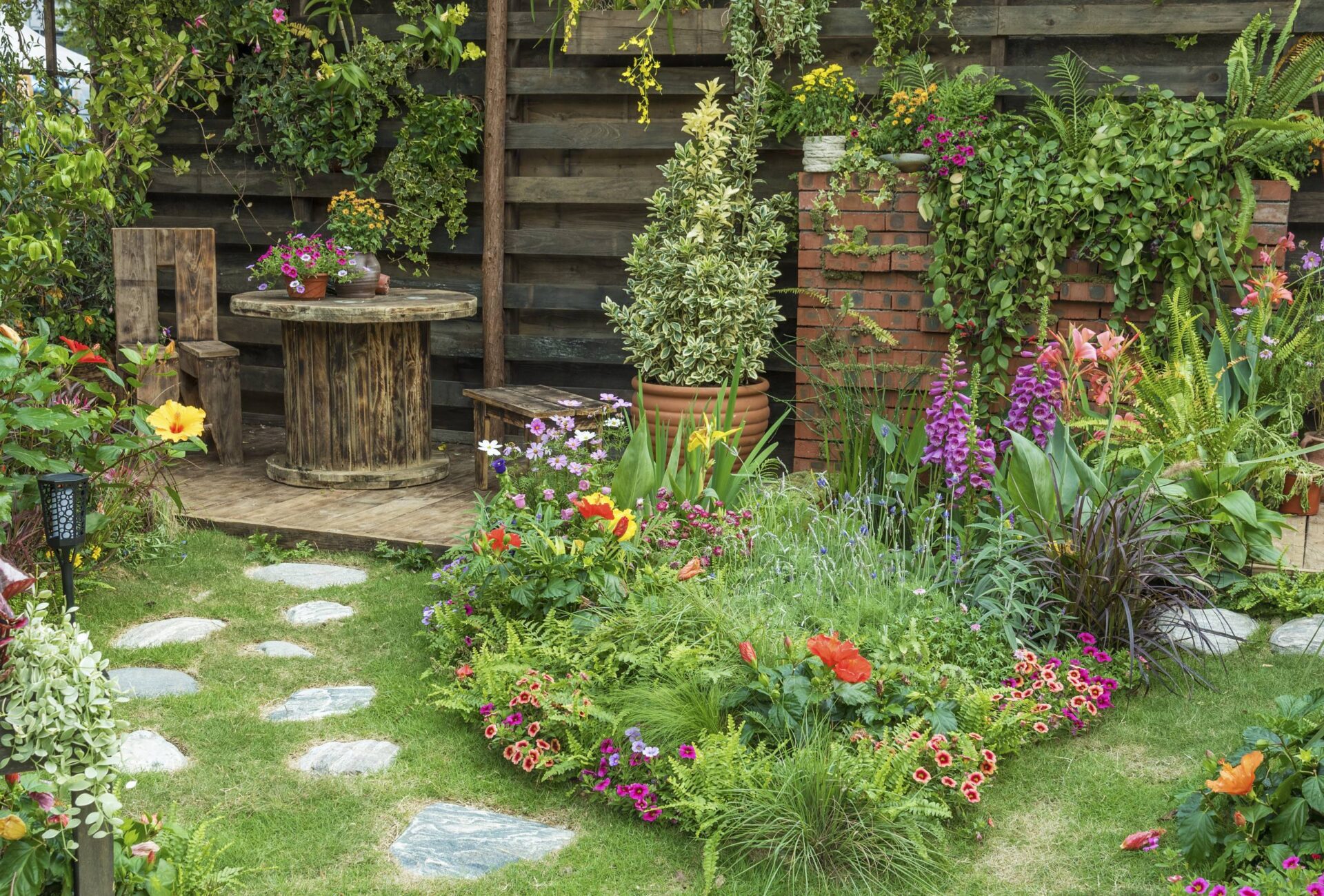
Natural (New Perennial) Garden Style
A natural garden reflects the natural landscape that surrounds it, whether it’s the prairies of the Midwest, the forests of New England, the fields of wildflowers in Texas or the starkly beautiful deserts of the Southwest. This style, also referred to as naturalistic or new perennial garden style relies heavily on native plant choices, which will vary depending on where you live.
One of the inherent goals of a naturalistic garden is to conserve resources and reduce our environmental footprint and to support native pollinators.
Gone are the ‘clean’ lines and smooth surfaces. Material choices in natural gardens are rustic to suit the wild and free planting. Unlike the clipped hedging of traditional gardens, a naturalistic garden is rooted in plant selection, taking into account both ecology and design.
Natural design style may look haphazard, but that’s far from the truth. The visual emphasis of new perennial style is on structure and form rather than color. The aim is to select proven, long-lived, robust plants that don’t require a lot of maintenance, with an emphasis on natives.
Some appropriate plant choices moor grass, black-eyed Susans, New England aster and sneezeweed.
Choosing plants and colors by garden style:
- Natural gardens are designed to be carefree and loose, so they often include a very wide range of colors and plant choices.
- Cottage gardens are quite colorful, too. But, they tend to be a bit more refined in the color palette and plant choices than a prairie or meadow.
- Traditional gardens are even more refined and modern/contemporary style gardens are very strict and regimented about color and plant variety.
Are these all hard and fast rules? Absolutely not. You can create a garden that’s unique as you are. There’s no need to be constrained by a particular design style. Everyone has their own “definition” for what each style entails and the lines are often blurred. By understanding the underlying elements, features and common plants for each garden style, you will have the inspiration and knowledge you need to create a garden design that’s as unique as you are without getting hung up on all the terminology!
Adapted from an article by Amy Fedele at prettypurpledoor.com


